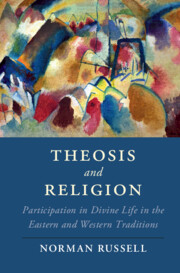This paper advances a provisional case denying the attribution of the medieval liturgical sequence Sanctitatis nova signa, written in honor of Saint Francis of Assisi, to Thomas of Celano (died c. 1260), who is best known for writing the earliest biography of the saint. The Conventual Franciscan friar and bishop, Pietro Ridolfi, provides the oldest extant attribution of this sequence to Celano. Luke Wadding (died 1657) echoes this point in his Annales Minorum; several recent critical editions of early Franciscan texts, as well as countless secondary sources, cite Wadding for the attribution to Celano. This identification remains problematic, not only due to the lateness of the Ridolfi-Wadding claim; the sequence's use of Dionysian mystical motifs and details unique to Bonaventure's Legenda Major (completed 1262) should exclude the possibility of Celano's authorship. Consequently this study tentatively dates the sequence to the latter part of the thirteenth century. Unlike the earlier sequences for Saint Francis attributed to Pope Gregory IX (died 1241) and Thomas of Capua (died 1243), Sanctitatis depicts Francis as a model Dionysian mystic. This mystical exemplarity becomes the image of unity advanced by the Franciscans to heal the internal crises plaguing the order in the later thirteenth century.


